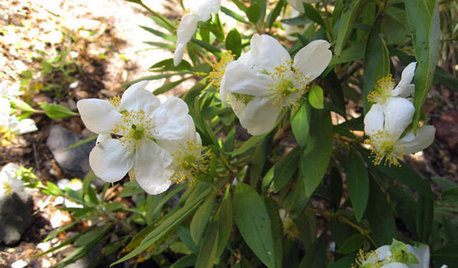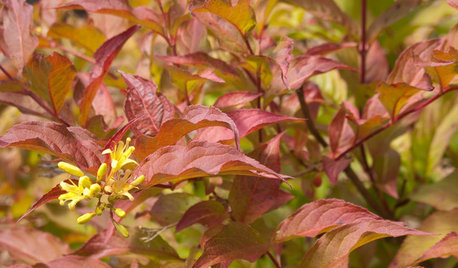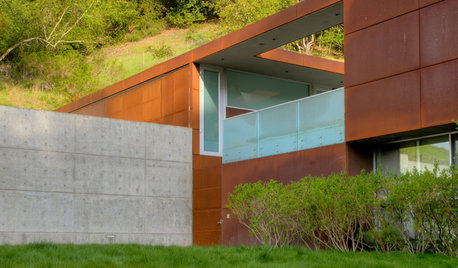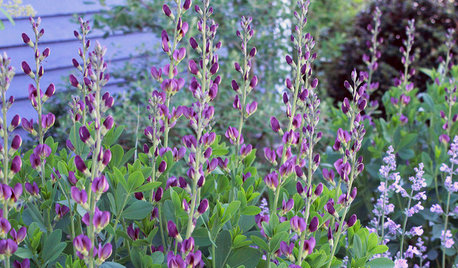Substitute for Butterfly Bush
better2boutside
17 years ago
Related Stories

GARDENING GUIDES6 Plants That Beat Butterfly Bush for the Wildlife Draw
It's invasive, a nonnative and a poor insect magnet. Check out these better alternatives to butterfly bush in the garden
Full Story
FLOWERSGreat Design Plant: Bush Anemone
Breathe in this shrub's sweet perfume while you're admiring its petite white flowers and the butterflies it brings
Full Story
GARDENING GUIDESGreat Design Plant: Northern Bush Honeysuckle, a Bronze Beauty
It helps control erosion and takes sun or shade. The butterflies love it. But the best part of this shrub may be the vivid foliage
Full Story
GARDENING FOR BUTTERFLIESGreat Design Plant: Coyote Bush
Remarkably resilient, this coast-happy shrub attracts native wildlife — and its leaves have an unusual attribute
Full Story
GARDENING FOR BUTTERFLIESBe a Butterfly Savior — Garden for the Monarchs
Keep hope, beauty and kindness alive in the landscape by providing a refuge for these threatened enchanters
Full Story
FALL GARDENINGWhat Monarch Butterflies Taught Me About Garden Design
Thinking like a butterfly leads to fresh perspectives in the garden and in life
Full Story
GARDENING FOR BUTTERFLIESButterfly Gardening: Delight the Eyes With Living Sculptures
Surprise and thrill with a garden that attracts magical winged creatures, bringing color, movement and life
Full Story
GARDENING FOR BUTTERFLIES7 Native Wildflowers to Make You an Awesome Butterfly Host
Offer the leaves of these and you’ll get more butterflies than with flower nectar alone
Full Story
GARDENING GUIDES20 Favorite Flowers for Butterflies and Bouquets
Discover perennials and annuals that do double duty as butterfly magnets and versatile cut flowers
Full Story
GARDENING GUIDES6 Steps to Creating Your Butterfly Garden
Encourage these fanciful winged beauties to visit your garden while helping restore their fragmented habitat
Full StoryMore Discussions






wildlifegarden
better2boutsideOriginal Author
Related Professionals
Oconomowoc Landscape Architects & Landscape Designers · Allentown Landscape Contractors · Del Aire Landscape Contractors · Fort Hunt Landscape Contractors · Fort Wayne Landscape Contractors · Hampton Bays Landscape Contractors · Hilton Head Island Landscape Contractors · Mahwah Landscape Contractors · Richmond Landscape Contractors · Riverview Landscape Contractors · Stallings Landscape Contractors · Concord Driveway Installation & Maintenance · Ramona Driveway Installation & Maintenance · Newman Swimming Pool Builders · Santa Clarita Swimming Pool Builderswildlifegarden
butterflygal21797
better2boutsideOriginal Author
anninmd
wildlifegarden
better2boutsideOriginal Author
loris
nywoodsman
terryr
vonyon
terrene
tracey_nj6
zebz
vonyon
nvteecy
susanlynne48